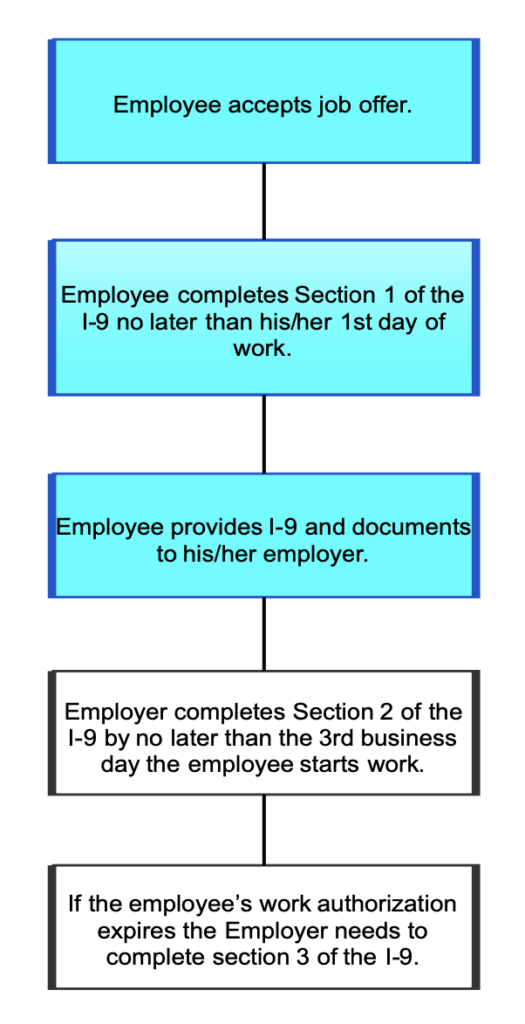Oct122020
[pdf-embedder url=”https://patel-law-group.local/wp-content/uploads/2020/10/Employment-Based-Green-Card.pdf” title=”Employment Based Green Card”]...
Oct122020
[pdf-embedder url=”https://patel-law-group.local/wp-content/uploads/2020/10/Employment-Based-Green-Card.pdf” title=”Employment Based Green Card”]...
On October 8, 2020, the Department of Labor (DOL) has issued an interim final rule (IFR) to incorporate changes to the computation of prevailing wage levels. The wage adjustments will affect the processing of H-1B, H-1B1, and E-3 temporary work visas, as well as the permanent labor certification program (PERM) applications. The IFR is effective...
Oct82020
On October 1, 2020, Congress passed a new Bill (Emergency Stopgap USCIS Stabilization Act was included in Division D, Title I of the Continuing Appropriations Act, 2021 and Other Extensions Act) increasing USCIS Premium Processing Fees from $1,440.00 to $2,500.00 for most cases. The good news is that the Bill also expands the immigration petitions...
The Department of Homeland Security (DHS) has published the New H-1B regulation. This appears to be in the effort to restrict legal immigration that has enhanced the American economy for centuries. The rule is an interim final rule (IFR), it is therefore vulnerable to legal challenges in federal court. See article DHS is Taking Final...
The current administration is now taking a big step in its agenda to restrict immigration. The Department of Homeland Security (DHS) is taking the final steps for the publication of new H-1B regulation. It is going to be the first time that this administration’s restrictions on H-1B visas will be officially published under a rule....
One of the requirements to obtain an I-140 approval is that the Employer demonstrates the financial ability to pay the proffered wage from the priority date until the foreign national receives their green card, showcasing their capability in proving financial ability. The priority date for EB-2 and EB-3 is established based on the date the...

Pursuant to the Immigration Reform and Control Act of 1986 (IRCA), Employers are required to complete and retain an I-9, Employment Eligibility Verification for each employee who is hired for employment, with limited exceptions which will be discussed below. IRCA specifically prohibits Employers from knowingly employing individuals who are not authorized to work in the...
Department of Homeland Security (DOL) and Department of Labor (DOL) to join forces to investigate H-1B violations On June 22 President Trump issued a proclamation suspending entry of non-immigrants into the U.S., namely those seeking to enter on an H-1B, H-2B, H-4, J or L visa. This proclamation also required the Secretary of Labor and...